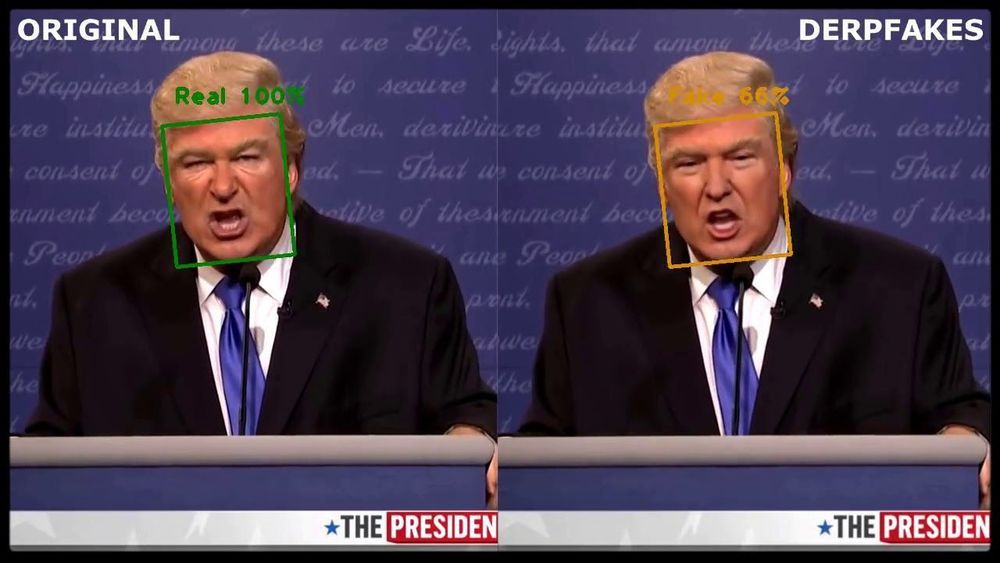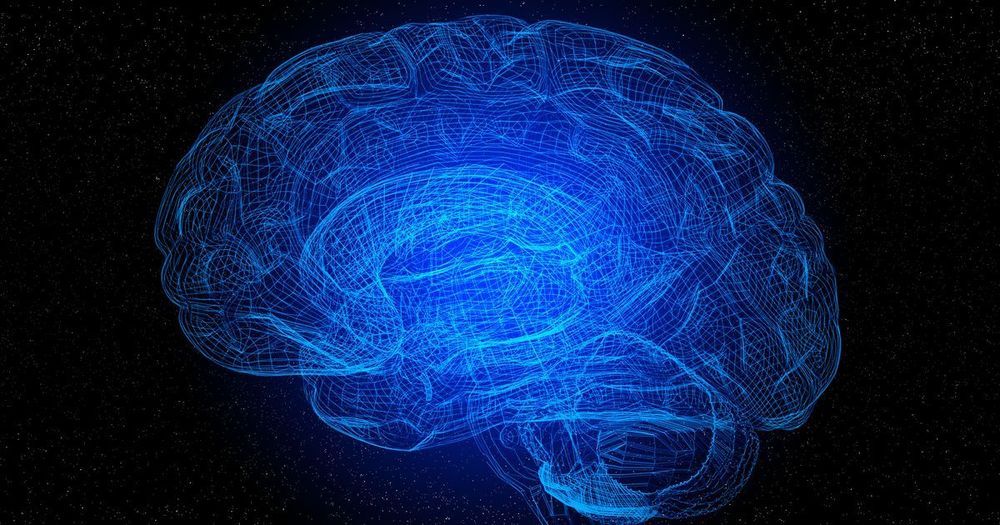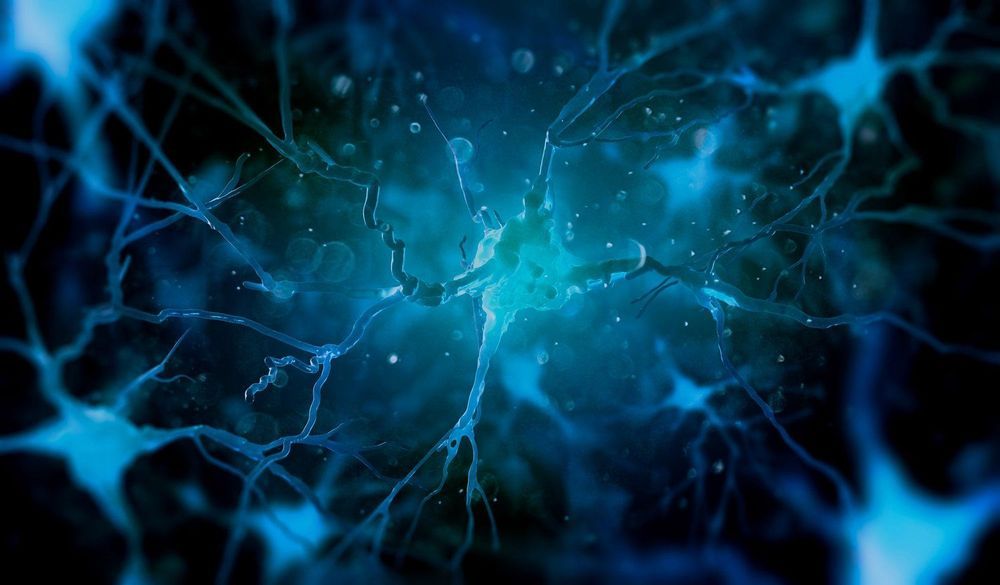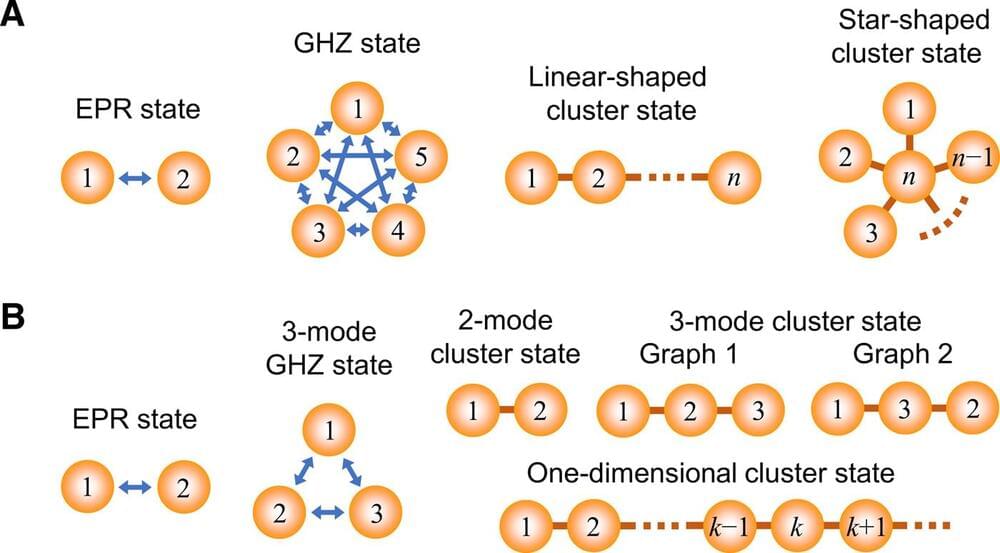Page 8756
May 29, 2019
How Iron Man’s Stark Arc Reactor Would Work in Real Life
Posted by Quinn Sena in category: physics
Could Tony Stark’s arc reactor exist in real life? Probably not, but Gizmodo’s Ryan Carlyle made a valiant attempt to explain an almost realistic version of the science behind it. As a disclaimer, he warns, “Now, I’m mixing real science and fake science here. So physics nerds and comic-book nerds: Deal with it.”
May 29, 2019
Scientists discover why a promising cancer drug failed in clinical trials – and how to fix it
Posted by Genevieve Klien in category: biotech/medical
As promising as some treatments are in lab tests, unfortunately they don’t always meet hopes when translated to the real world. Now, scientists at Whitehead Institute for Biomedical Research have investigated a class of cancer drugs that failed in human trials, and found out why. Better yet, they went on to identify another drug that could finally make the treatment work.
May 29, 2019
This Volkswagen Prototype Has a Holographic Interface
Posted by Quinn Sena in categories: augmented reality, biotech/medical, holograms
O.o!
In what the German automaker is calling a “world premiere,” Volkswagen’s futuristic Golf GTI Aurora concept has a high-end sound system in its trunk that can be operated with a hologram.
You can leave your 3D glasses and augmented reality gloves at home: the hologram floats freely in the air and can be operated without any external aids. Though to be fair, VW is being very vague about the details of the technology behind the interface.
Continue reading “This Volkswagen Prototype Has a Holographic Interface” »
May 29, 2019
The ‘Godfathers of AI’ win Turing Award
Posted by Quinn Sena in categories: robotics/AI, transportation
Self-driving cars, voice assistants, and facial recognition technology are just a few of the advancements made possible by Hinton, LeCun, and Bengio’s work.
The award, named after British mathematician Alan Turing, carries a $1 million prize, which the trio will split. Previous Turing Award winners include Tim Berners-Lee, best known for inventing the World Wide Web.
Hinton is currently a top AI researcher at Google. LeCun is now at Facebook, working as the company’s chief AI scientist. Bengio has remained in academia but has worked with companies such as AT&T, Microsoft, and IBM.
Continue reading “The ‘Godfathers of AI’ win Turing Award” »
May 29, 2019
Can AI Detect Deepfakes To Help Ensure Integrity of U.S. 2020 Elections?
Posted by Quinn Sena in category: robotics/AI

Startup Deeptrace is racing to develop automated detection of fake videos and images as U.S. 2020 elections loom.
May 29, 2019
Nanoparticles can aid in stroke therapy
Posted by Paul Battista in categories: biotech/medical, health, nanotechnology, neuroscience
Tiny selenium particles could have a therapeutic effect on ischemic brain strokes by promoting the recovery of brain damage. Pharmacologists, including Alireza Mashaghi from the Leiden Academic Centre for Drug Research discovered that selenium nanoparticles inhibit molecular mechanisms that are responsible for the loss of brain cells after a stroke. The results were published in Nature Scientific Reports in April.
Nanoparticles against strokes
An ischemic stroke happens when a supplying blood vessel to the brain is narrowed or obstructed. As a result, the brain gets too little blood. “This lack of blood can lead to brain tissue damage due to cellular toxicity, inflammation and cell death,” Mashaghi explains. “This will, in turn, lead to brain dysfunction and neurological complaints such as numbness, vision problems, dizziness and severed headache.” Ischemic stroke accounts for 87% of all strokes and is a significant cause of death. “So far, no neuroprotective agents have been shown to produce any measurable improvement in health in cerebral stroke cases. Our results now demonstrated that selenium nanoparticles inhibit molecular mechanisms that are responsible for the loss of brain cells after a stroke.”
Continue reading “Nanoparticles can aid in stroke therapy” »
May 29, 2019
On-demand, photonic entanglement synthesizer
Posted by Genevieve Klien in categories: engineering, quantum physics
Quantum information protocols are based on a variety of entanglement modes such as Einstein-Podolsky-Rosen (EPR), Greenberger-Horne-Zeilinger (GHZ) and other cluster states. For on-demand preparation, these states can be realized with squeezed light sources in optics, but such experiments lack versatility as they require a variety of optical circuits to individually realize diverse states of entanglement. In a recent study, Shuntaro Takeda and colleagues at the interdisciplinary departments of Applied Physics and Engineering in Japan addressed the shortcoming by developing an on-demand entanglement synthesizer. Using the experimental setup, the physicists programmably generated entangled states from a single squeezed source of light.
In the work, they used a loop-based circuit dynamically controlled at nanosecond time scales to process optical pulses in the time domain. The scientists generated and verified five different small-scale entangled states and a large-cluster containing more than 1000 modes in a single setup without changing the optical circuit. The circuit developed by Takeda et al. could store and release one part of the generated entangled states to function as a quantum memory. The experimental report published on Science Advances, will open a new way to build general entanglement synthesizers on-demand using a scalable quantum processor.
Entanglement is essential for many quantum information protocols in qubit and continuous variable (CV) regions, where they perform a variety of applications. For instance, the two-mode Einstein-Podolsky-Rosen (EPR) state is the most commonly used, maximally entangled state as a building block for two-party quantum communication and for quantum logic gates based on quantum teleportation. The generalized version of this state is an n-mode Greenberger-Horne-Zeilinger (GHZ) state central to building a quantum network, where the GHZ quantum state can be shared between n participants. For example, the n participants can communicate with each other for quantum secret sharing. For quantum computation on the other hand, a special type of entanglement known as cluster states has attracted much attention as a universal resource to allow one-way quantum computation.
Continue reading “On-demand, photonic entanglement synthesizer” »
May 29, 2019
Fully 3D Printed Rocket Engine in Just 3 Parts and Full Printed Rocket in 60 Days
Posted by Klaus Baldauf in categories: 3D printing, physics, space travel
Relativity Space is working to 3D print the Terran 1 rocket in 60 days using laser printing and direct energy deposition. They will have a test flight in 2020 and will have commercial flights in 2021.
They use proprietary materials which are custom designed for printing. They are using stronger alloys designed to take advantage of Stargate’s printing physics. They have highly reliable materials for printing rocket structures and are using an in-house metallurgy and material characterization lab.
Terran 1 Baseline:

















